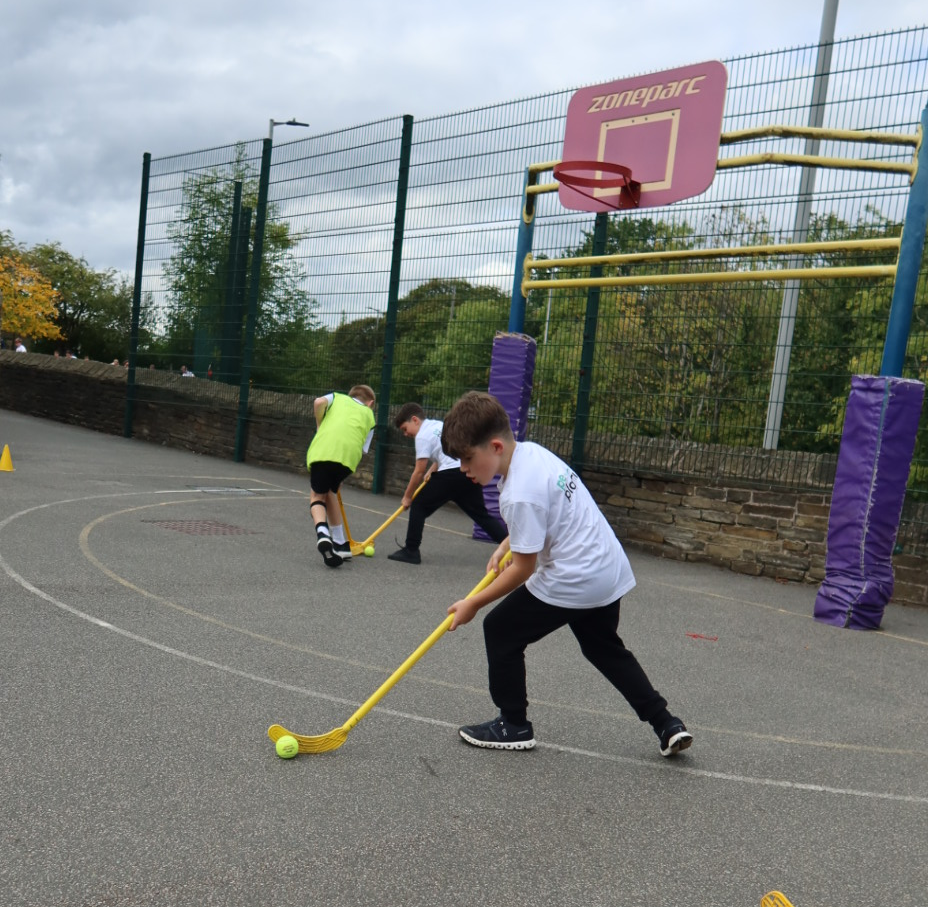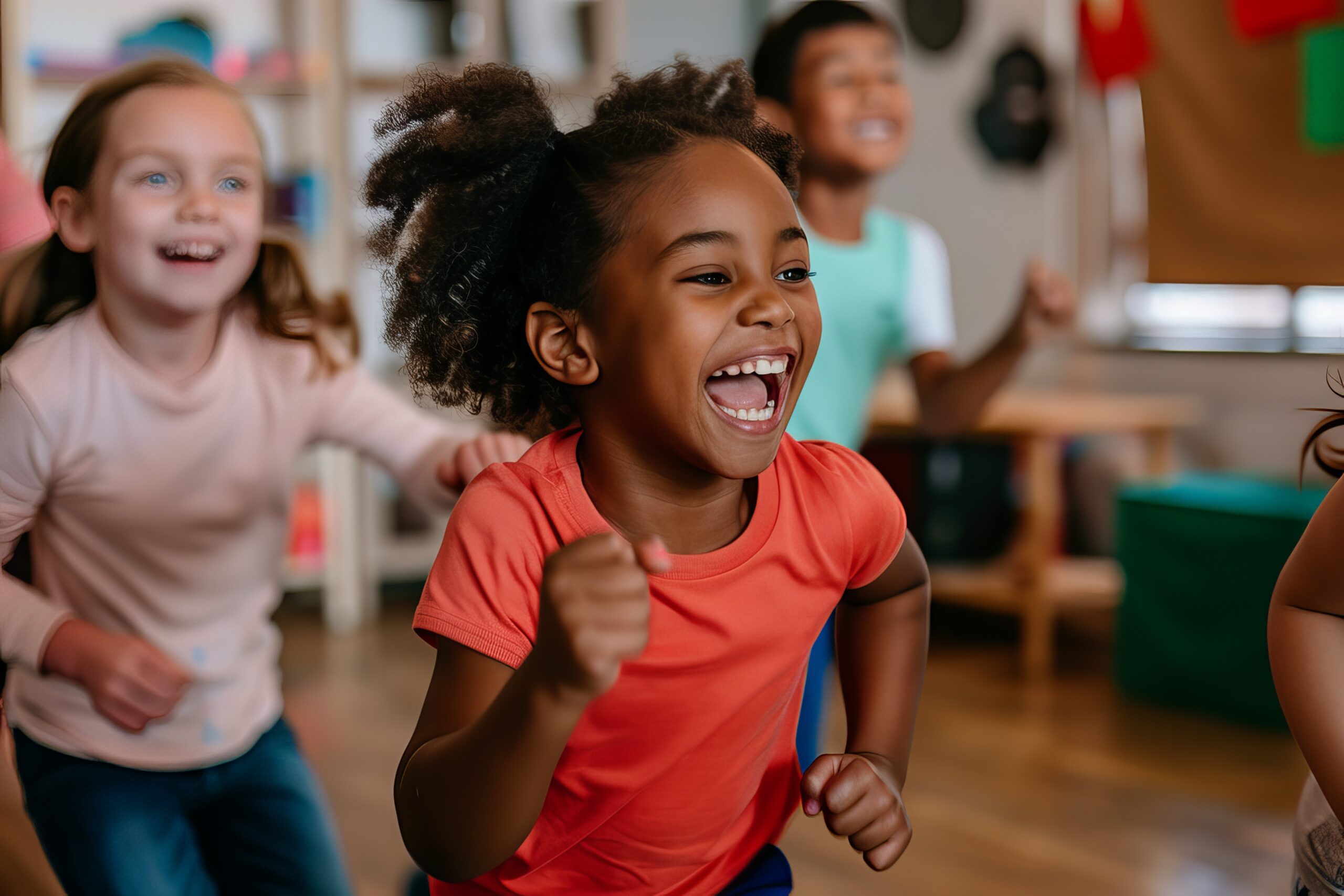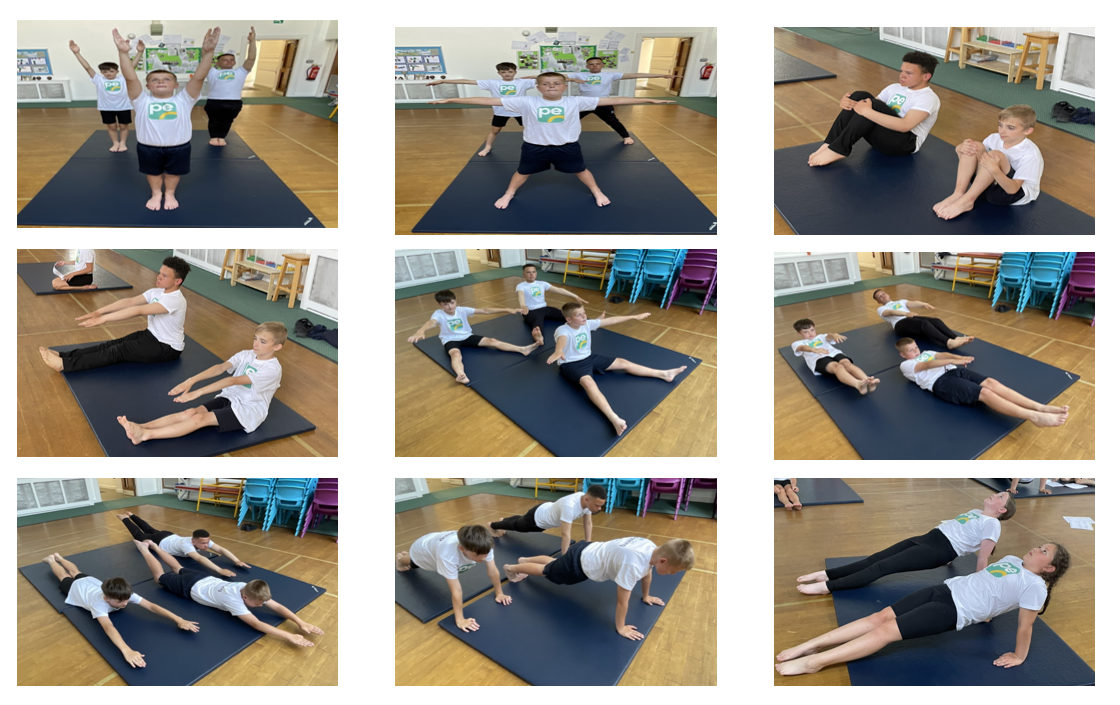Terminology of Gymnastics: A Guide To Our Most Popular PE Topic
We’re going to look at the essential terms and movements used in gymnastics, how to introduce them in lessons, and we’re also going to offer examples of practical activities that bring Gymnastics to life in the PE hall.

Gymnastics is the most popular sport of all our PE lesson plans – and it’s one of the most rewarding topics in the primary PE curriculum.
It challenges pupils’ coordination, balance, flexibility and teamwork. It also gives them the opportunity to express creativity through movement. And it’s a unit that any teacher can deliver confidently and effectively – with help from us at PE Planning!
We have explored what you should cover in Gymnastics lessons, and why – and in this blog post we’re looking at the terminology of Gymnastics. We’re going to look at the essential terms and movements used in gymnastics, how to introduce them in lessons, and we’re also going to offer examples of practical activities that bring Gymnastics to life in the PE hall.
So – whether you’re a seasoned PE teacher or teaching a Gymnastics lesson for the first time, this glossary-style guide will help you lead engaging, safe and skill-focused lessons.
Why should you understand Gymnastics terminology?
Gymnastics can feel daunting to deliver. It combines both physical and cognitive skills: pupils are asked to remember shapes, link sequences and perform movements with precision and control. By familiarising yourself with the terminology of Gymnastics, you give pupils the language they need to understand, describe and refine their movements.
Using consistent terminology helps build confidence, too. When children can name movements such as tuck, pike and counter balance, they gain ownership of their learning. They begin to analyse their performances and work collaboratively—essential skills for broader physical education. If you’re planning your next gymnastics unit, take a look at our Gymnastics lesson plans to see how these key terms are embedded into progressive and inclusive schemes of work. PE Planning has two units of Gymnastics for every year group 1-6!
Key Gymnastics terms and concepts
These are—in our opinion—the most important terms used in primary school gymnastics, grouped by elements. Each term is explained in context with practical examples and teaching tips.
1. Gymnastics shapes
Fundamental shapes form the building blocks of all gymnastics movements. Children should be introduced to these early on.
- Straight: Smart, tight, aligned and in control. The most fundamental shape used in most aspects of gymnastics.
- Star: Arms and legs stretched wide. Important for body awareness and perfect for balances!
- Tuck: Knees drawn into the chest, arms wrapped around legs. Used in rolls and jumps.
- Pike: Legs straight and together, body folded at the hips. Ideal for developing flexibility.
- Straddle: Legs apart, straight, forming a ‘V’ shape. Encourages hip mobility.
- Dish and Arch: Strength-based positions for core and back development, often used in partner and group balances.
- Front and Back Support: Build core strength, body control, and form the foundation for more advanced skills.

Encouraging the class to transition smoothly between these shapes helps them understand body tension and control — essential skills for later progressions.
2. Balances and Counter Balances
Balance is at the heart of gymnastics, and understanding gymnastics partner balances and group balances means children can develop teamwork, trust and spatial awareness.
Gymnastics Partner Balances
Partner balances involve two children supporting each other’s weight. For example;
Back-to-back balance: Partners lean gently against each other for mutual support.
Shoulder hold balance: One partner supports the other by holding their shoulders as they lift a leg into an arabesque.
Counter balance: A key concept in gymnastics, this involves two children pulling away from each other while maintaining contact. A perfect demonstration of teamwork and tension.
Gymnastics Counter Balance
A gymnastics counter balance is a balance where the weight of one person counteracts the other’s. Children must communicate and trust each other to maintain equilibrium. A counter balance is excellent for developing core strength, coordination and cooperation!
For the lesson to feel more inclusive, pair children of similar ability levels together.
Group Balances in Gymnastics
Beyond pairs, group balances in gymnastics extend teamwork to small groups. These might include: Three-person pyramids, circle balances or creative shapes inspired by animals or objects.
Encourage children to plan, perform and evaluate their group balances, linking to broader PE objectives around collaboration and reflection. And don’t forget – be creative!
3. Gymnastics Rolls
Rolling is another core element of gymnastics. It builds spatial awareness and introduces the concept of momentum and control. Rolls can be a fun and creative way to travel.
Gymnastics Egg Roll
The gymnastics egg roll is often one of the first rolls children learn in KS1. Children curl tightly into a tucked position (like an egg) and gently roll sideways. This movement teaches body tension, safe rolling and comfort with floor contact.
Log Roll
Pupils lie straight with arms above their heads, rolling along their sides in a long, stretched position. The focus here is maintaining straight lines and controlled movement.
Progressions: As pupils gain confidence, combine rolls with balances or jumps to create short sequences. This encourages flow and creativity.
Safety Roll
An early adaptation of a forward roll, which avoids children rolling on their heads and neck. From a squat, children place hands flat on the floor, tuck their heads under and roll smoothly over their shoulder.
4. Linking Movements and Sequences
One of the National Curriculum requirements for gymnastics in primary schools is for pupils to link movements together into sequences. This includes transitions between shapes, balances and rolls, performed with control and fluency.
Teachers can use simple tasks such as: “Perform a roll, a balance, and a jump in a sequence.”
“Create a routine with your partner that includes a counter balance and a rotation.”
These challenges promote problem-solving, communication and performance confidence.
Teaching Gymnastics in Primary Schools
Teaching gymnastics in primary schools doesn’t have to require specialist equipment or elite-level knowledge. What matters is structure, safety and progression.
Start with Safety
Always begin with a warm-up focusing on flexibility and joint mobility. Ensure mats are correctly spaced, and the class understands how to move safely around the hall.
Use Clear Language
Use gymnastics terminology in your cues for children. For example, “Hold your tuck shape,” or “Move into a counter balance.” Repetition builds familiarity.
Incorporate Creativity
Encourage children to invent new shapes, transitions and balances. Creativity nurtures engagement and supports inclusion.
Assess with Confidence
Review the lesson at the end, and ask children to describe what they see using key terms. For example:
“I saw good tension in that pike shape.”
“Your counter balance was strong and controlled.”
This active vocabulary reinforces learning and deepens understanding.
Incorporating Partner and Group Work
Partner and group tasks make gymnastics social, supportive and motivating. They build trust, empathy and communication.
Examples include:
Mirror movements: Partners copy each other’s shapes and transitions.
Follow the leader: A simple way to create flow and rhythm.
Synchronised sequences: Groups coordinate rolls, jumps and balances in time.
Group work also supports inclusion, as children of varying abilities can contribute through creative roles, leadership or supporting others physically.
Using Gymnastics Terminology to Develop Confidence
Children often feel nervous about performing in front of others. Giving them the language and terminology of gymnastics empowers them to self-assess and celebrate progress. Encourage reflection questions such as: “Which shapes did you use in your sequence?”
“How did you maintain your counter balance?”
“Can you describe your roll using key terminology?”
Over time, this shared language will help to develop a confident and collaborative classroom culture. And most important of all – PE lessons are enjoyable, rewarding and can make a real difference to children’s development!
Useful Resources and Professional Development
Delivering high-quality gymnastics lessons is easier with the right support. Teachers can build their confidence and knowledge using structured schemes, training and visual aids.
At PE Planning, we provide complete gymnastics lesson plans for every primary year group. Our lesson plans include visual demonstrations and printable teaching cards, and our lesson plans are all aligned to the PE Curriculum. You can try our free Gymnastics PE lesson plans here.
Our PE Resources section provides plenty of supporting documents, plans and ideas to make PE lessons more rewarding.
Finally, we also provide PE CPD training, where you can take full advantage of our 25 years’ primary school PE experience!
Want more help with Gymnastics lessons, or terminology of gymnastics? Get in touch! We’re more than happy to help with our most popular PE topic, and we’d love to hear from you.



